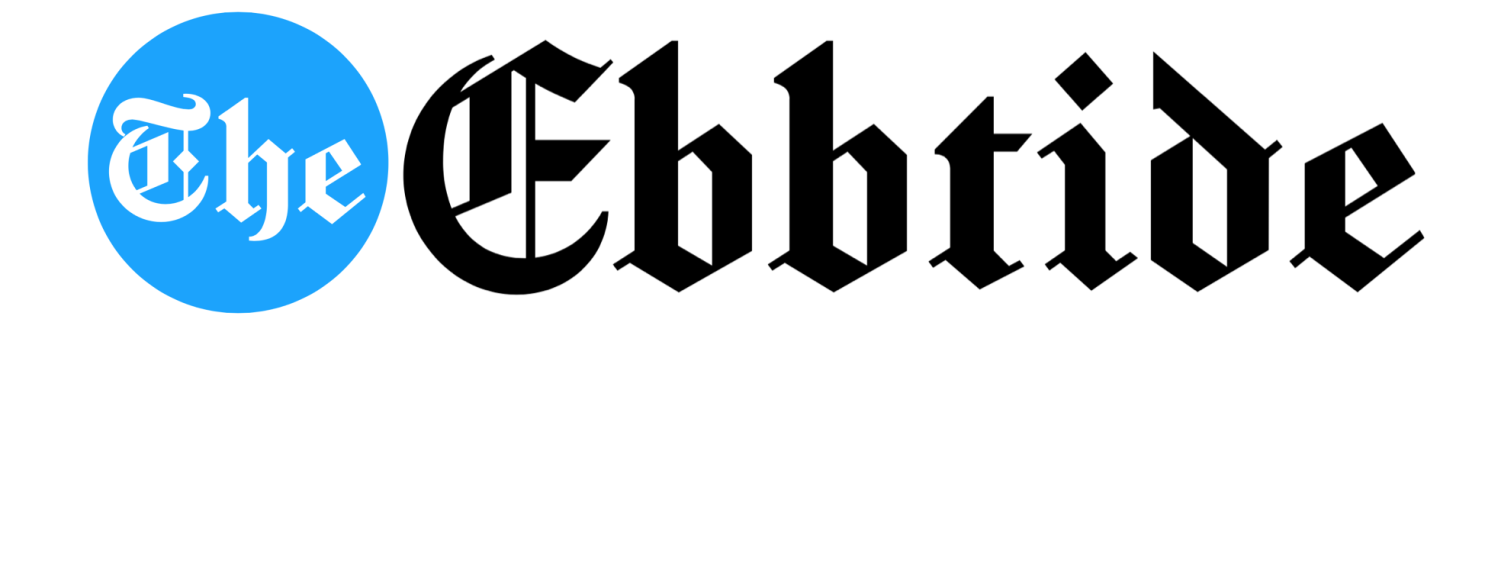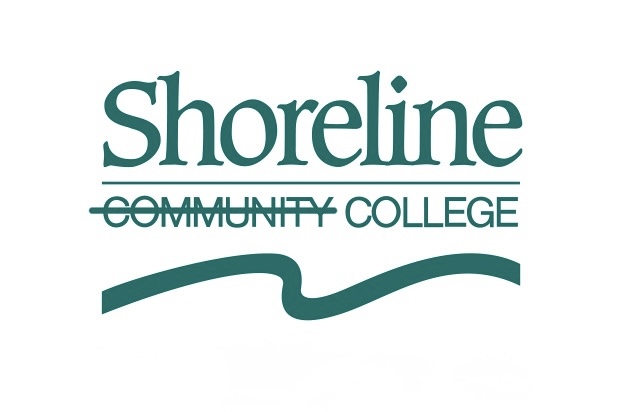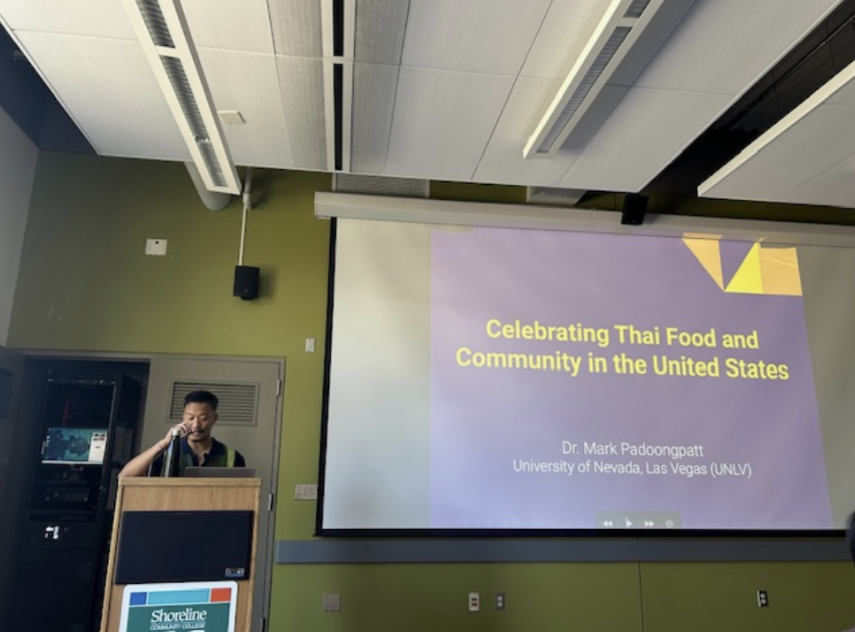Double Exposure: “The Bold Ones: The New Doctors” (1969-1973)
March 19, 2021
The small screen has seen no shortage of doctor shows over the years, but one of the most pioneering iterations of the genre came in the form of “The Bold Ones: The New Doctors,” which aired on NBC from 1969-1973.
Each week, the “Bold Ones” series followed fictional characters of different noble professions in unrelated, self-contained shows that also included “The Lawyers,” “The Protectors” and later “The Senator.” Unlike other hospital dramas of the time, “The New Doctors” strove to capture a realistic snapshot of the era’s latest medical achievements.
The cast is led by three dynamic and very different actors. E.G. Marshall (“12 Angry Men,” “Interiors”) paves the way as Dr. David Craig, founder of his namesake, cutting-edge medical research institute where the bulk of the show takes place. The levelheaded doctor often acts as the voice of reason when his subordinates get too ahead of themselves.
Dr. Paul Hunter (David Hartman) is a well-meaning surgeon who often finds himself in sentimental predicaments with his patients. Dr. Ted Stuart (John Saxon) rounds out the trio as Dr. Hunter’s passionate and occasionally hotheaded right-hand man whose instincts in the operating room often clash with conformity.
Though Saxon sticks around for the first half of the series, he is ultimately replaced by Robert Walden who steps in as the fast-talking intern Dr. Martin Cohen.
While the surgeons grapple with humanity on the front lines, Dr. Craig maintains a constant fight for funding behind the scenes. Despite receiving pushback from corporate higher-ups due to their innovative, risk-taking procedures, the crew is usually able to make their own judgment calls in order to help the patients by whatever means necessary.
The boundary-pushing air of the show hearkens back to Marshall’s stint on CBS’ “The Defenders,” where he was one half of a father-son legal team that often dealt with taboo yet real-world cases.
In “The New Doctors,” the same sentiment is applied to a medical backdrop. Such subjects referenced in the program range from surrogate mothers to same-sex relationships — topics that were just barely beginning to be acknowledged by mainstream television at the time.
Much as “The Defenders” was a more realistic version of the sensational courtroom classic “Perry Mason,” “The New Doctors” provided a grittier alternative to the watered-down “Dr. Kildare.” Gone were the days of the clean-cut clinician — and only after “The New Doctors” did other no-frills medical shows begin to emerge, such as “M.A.S.H.,” “Emergency!” and “Quincy, M.E.”
The program even featured a crossover episode with the popular police series “Ironside.” In it, a member of the titular police chief’s staff undergoes surgery at the Craig Institute amid an action-packed hostage scheme aimed at preventing the procedure from taking place.
“The New Doctors” is strikingly timely. When asked about his identification with the show’s themes during a “Day at Night” interview, Marshall himself spoke out against the inflated rates of medical insurance, emphasizing the importance of increasing the “accessibility and availability” of health care — and this was in 1974.
Not only was “The New Doctors” the first doctor show to take itself relatively seriously, but it was the first to prominently feature up-and-coming medical advancements. In fact, a note within the end credits of each episode declares that “The story, techniques and equipment shown are based on actual developments at the frontiers of medicine.”
While certain plot points throughout the series tend toward melodramatic at times (for instance, far too many patients happen to be guitar-yielding musicians who don their acoustic guitars in their hospital beds), “The New Doctors” gets a pass for its consistent efforts to bring progressive, groundbreaking subject matter to the general public.
The program showcased the necessity of normalizing radical procedures by alerting viewers to the roadblocks that existed in the process — as well as the complex cases of Catch-22 that often resulted.
In one episode, which almost serves as a precursor to what’s now known as Death with Dignity, one of Dr. Hunter’s terminal patients begs him for help with dying on her own terms despite there being no legal system in place to do so.
In an episode about acupuncture, the new, foreign method is automatically rejected by Western prejudices when a visiting doctor advocates for the practice only for it to frustratingly work on some participants but not others. When an elderly patient requests to have it applied internally as a last-ditch effort to cure his chronic pain, he gets refused due to corporate liability without ever knowing the alternative; a stark reminder that close-mindedness can prove detrimental.
When the series was good, it was good. A must-watch for anyone with even a passing interest in medicine, “The New Doctors” invites viewers to put themselves in the patients’ shoes and feel the weighty — and very real — stakes of life and death.







